Canada’s underrated attractions you need to visit
Canada's hidden gems
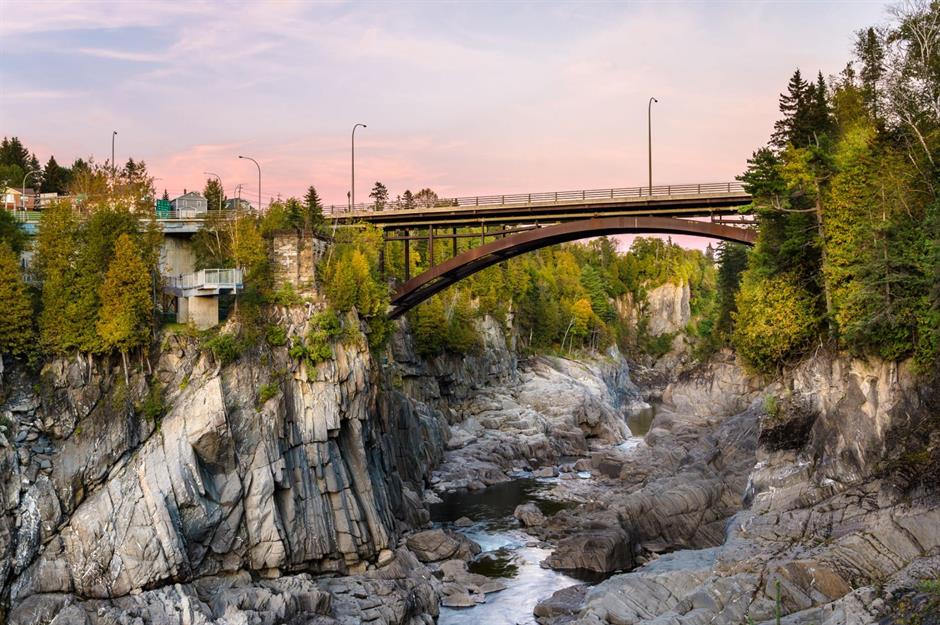
Canada is a vast country known for its iconic landmarks like the CN Tower, Banff National Park and Niagara Falls. But beyond these famous attractions lies a wealth of hidden gems waiting to be discovered.
For those eager to venture off the beaten path, Canada offers a multitude of lesser-known destinations, each providing a unique and deeper connection to the country’s diverse landscapes and cultures.
Click through to discover 43 of Canada's most underrated (and lesser-known) attractions...
Carcross Desert, Yukon
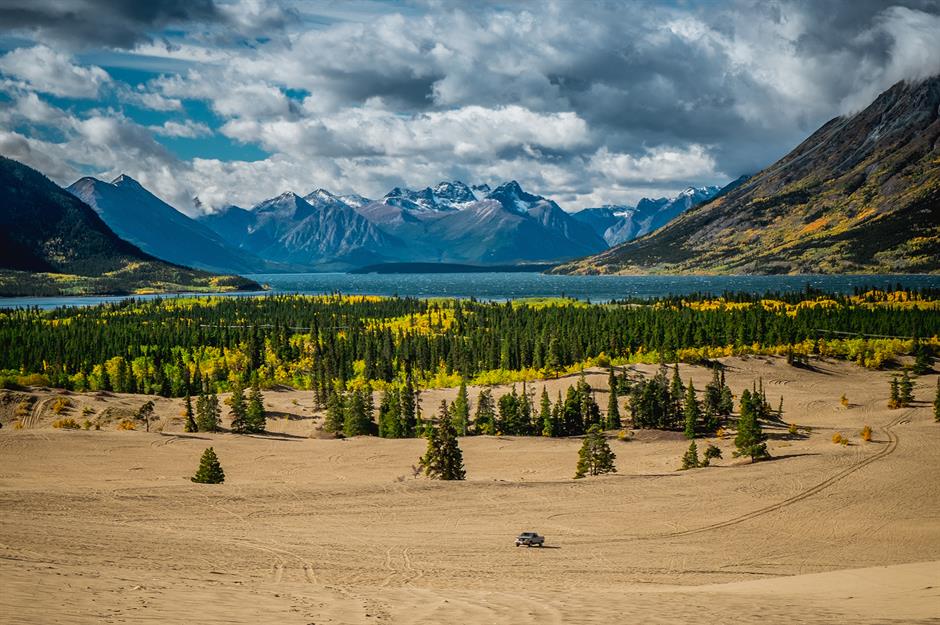
Tucked away in the Yukon, Carcross Desert is an unexpected and surreal landscape that surprises visitors at every turn. Known as the smallest desert in the world, this unique natural wonder spans just one square mile (2.5sq km), yet its golden sand dunes and windswept ridges feel like something out of a faraway land.
Once part of an ancient lakebed, the desert is now surrounded by towering mountains and the turquoise waters of nearby Bennett Lake, creating a striking contrast between sand and wilderness.
Kakabeka Falls, Ontario
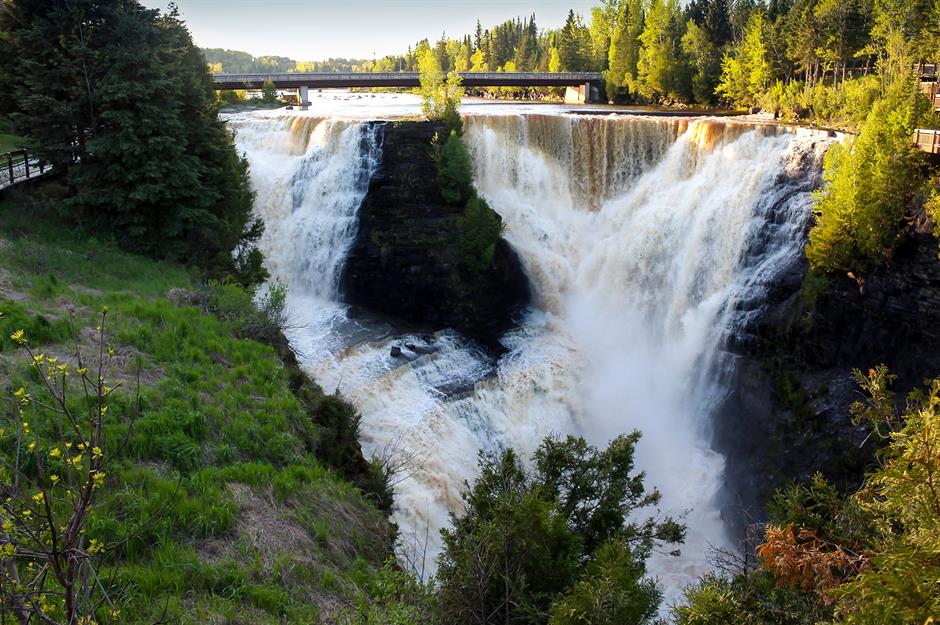
Often dubbed the 'Niagara of the North', Kakabeka Falls in Ontario offers a spectacular natural wonder, minus the crowds. Plunging 131 feet (40m) into a rugged canyon, the falls provide breathtaking views from multiple vantage points, with far more tranquility than their famous southern cousin.
Beyond its beauty, Kakabeka Falls is steeped in Indigenous history. The site holds spiritual significance for the local Ojibwe people, who once used the waters as a natural defence.
Watson Lake Sign Post Forest, Yukon
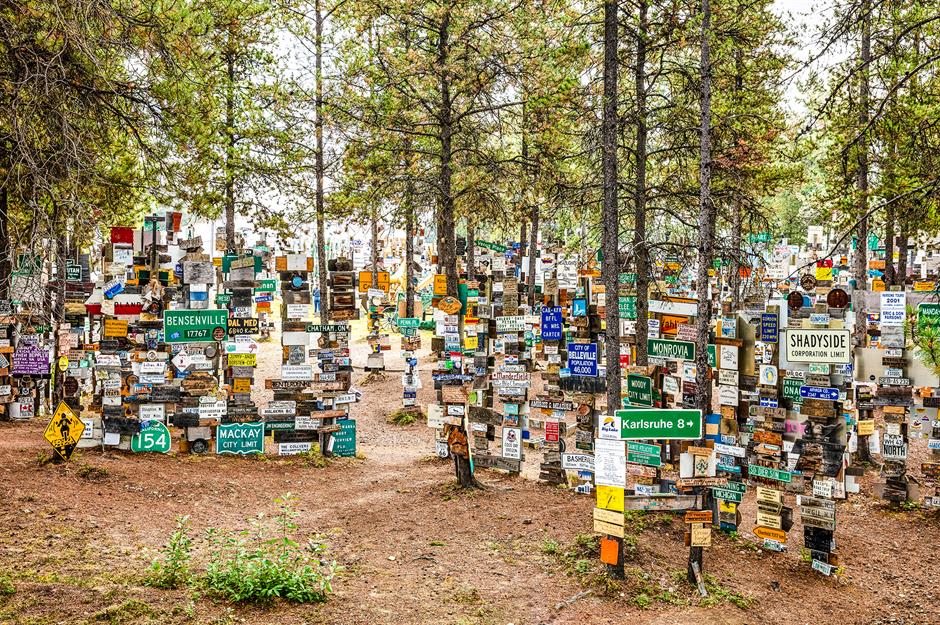
Watson Lake Sign Post Forest in Yukon is one of Canada’s most charming roadside attractions. Started in 1942 by a homesick American soldier who posted a sign pointing to his hometown, the forest has since grown into a sprawling collection of over 77,000 signs from visitors all over the world.
The signs range from city names to personal messages, creating a mosaic of stories and journeys. Located along the historic Alaska Highway, Watson Lake Sign Post Forest is a delightful stop for road trippers and adventurers, offering a chance to leave a mark on this extraordinary, ever-evolving landmark in the far north.
Shuswap Lake houseboats, British Columbia
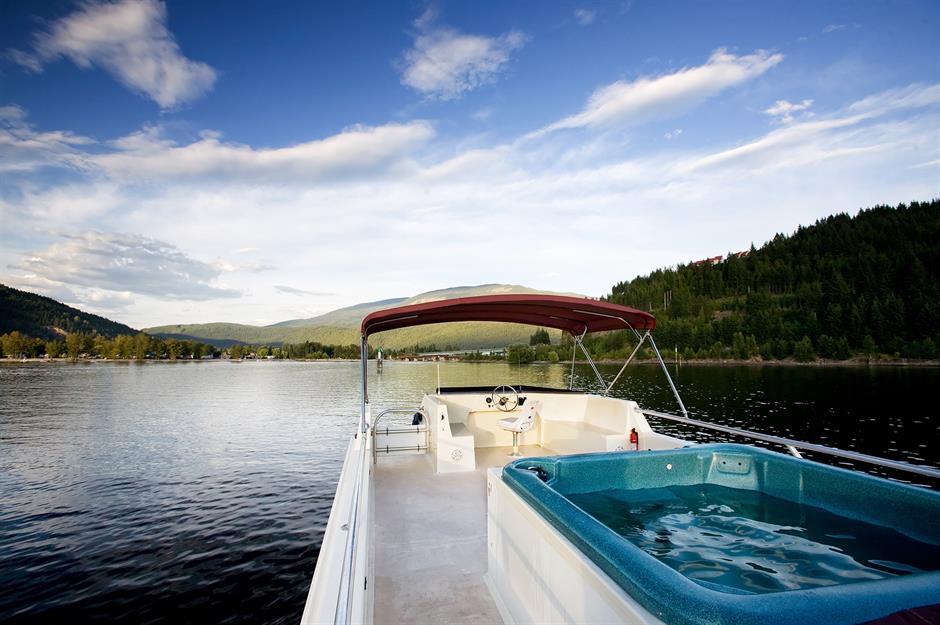
Though popular with locals and British Columbia regulars, Shuswap Lake and its houseboats remain under the radar compared to other Canadian destinations. Renting a houseboat lets you explore over 600 miles (966km) of shoreline, dotted with secluded beaches, waterfalls and hidden coves.
It’s a floating getaway where you can fish, swim or just relax as you drift through calm waters, surrounded by forests and towering mountains. With houseboats ranging from luxury vessels with hot tubs and water slides to simpler options, Shuswap caters to families and groups of friends alike.
The Enchanted Forest, British Columbia
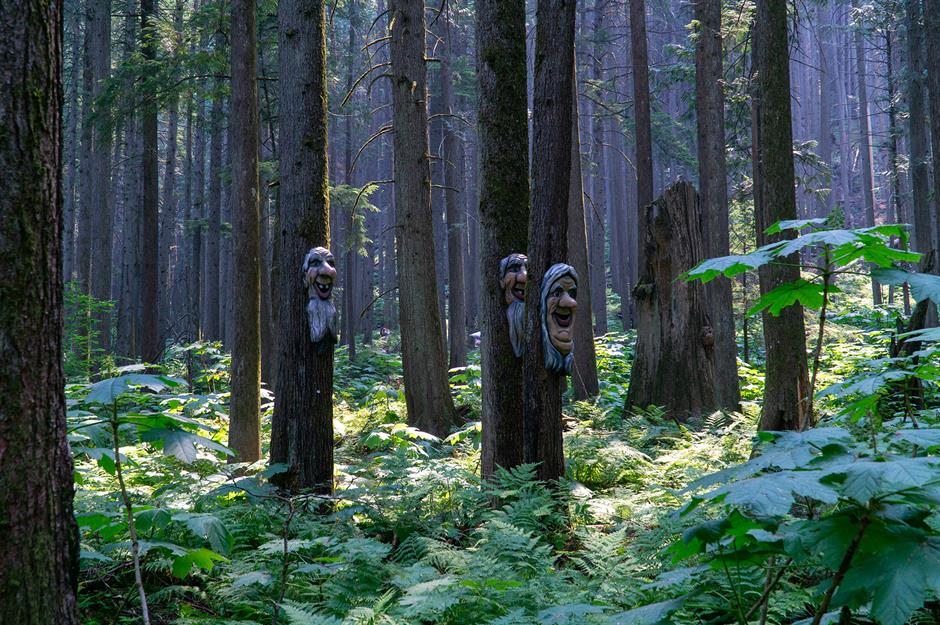
A whimsical wonderland that brings fairy tales to life, this magical attraction in Revelstoke features over 350 handcrafted figurines of beloved characters hidden throughout an ancient, old-growth forest. As you wander along winding paths, you’ll stumble upon castles, treehouses and charming little cottages straight out of classic fairy tales.
Perfect for families, this storybook adventure offers a playful journey into a world where fantasy meets nature.
Sasquatch Mountain Resort, British Columbia
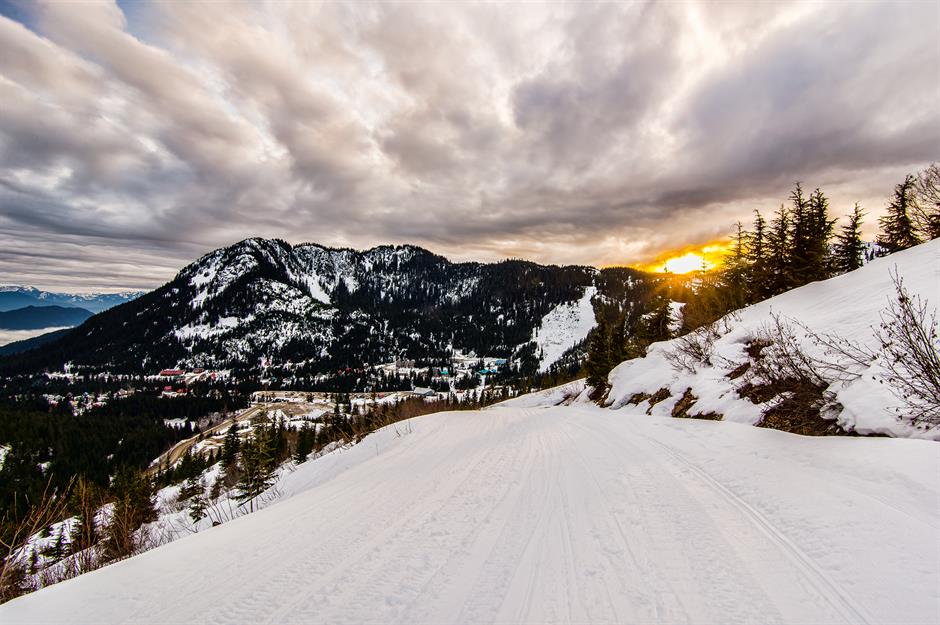
Sasquatch Mountain Resort, tucked away in British Columbia’s Fraser Valley, is a hidden gem for ski enthusiasts seeking a more laid-back, crowd-free experience. Though it’s just a short drive from Vancouver, this resort remains lesser known compared to the province’s bigger names like Whistler or Sun Peaks.
With its stunning alpine scenery, diverse runs and a friendly, unpretentious atmosphere, Sasquatch offers excellent skiing and snowboarding without the long lift lines. Its cosy vibe and affordable prices make it a truly underrated winter destination.
Manitoulin Island, Ontario
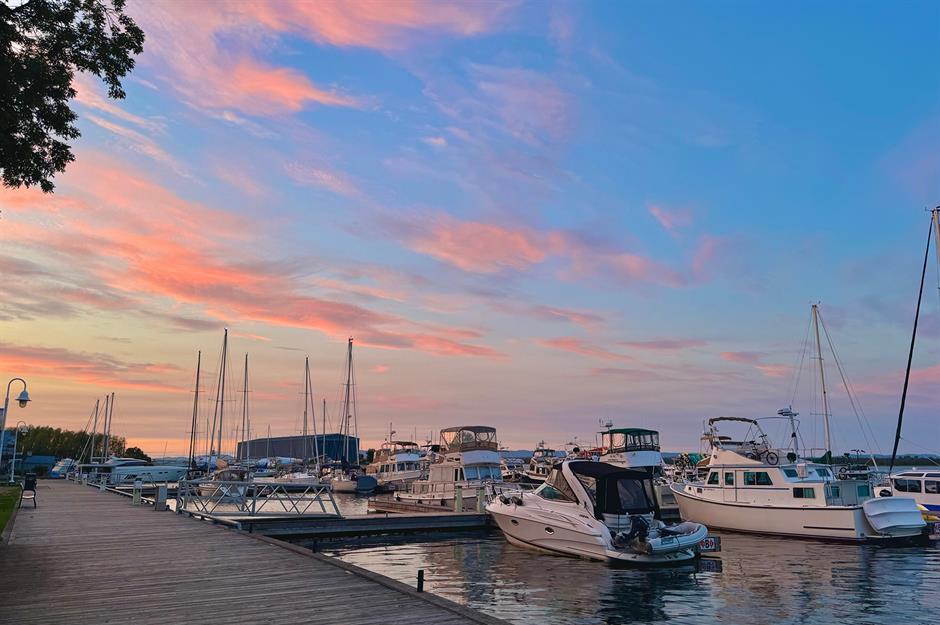
Manitoulin Island, the largest freshwater island in the world, is a hidden-gem of an escape nestled in Ontario’s Georgian Bay. This peaceful retreat offers visitors both natural beauty and rich Indigenous culture. With its scenic hiking trails, pristine beaches and crystal-clear lakes, Manitoulin is a haven for outdoor enthusiasts.
Beyond its landscapes, the island is deeply connected to Indigenous traditions, offering cultural experiences such as powwows and visits to the Ojibwe Cultural Foundation, where you can learn about Anishinaabe art, history and spirituality.
Abbaye de Saint Benoit du Lac, Quebec
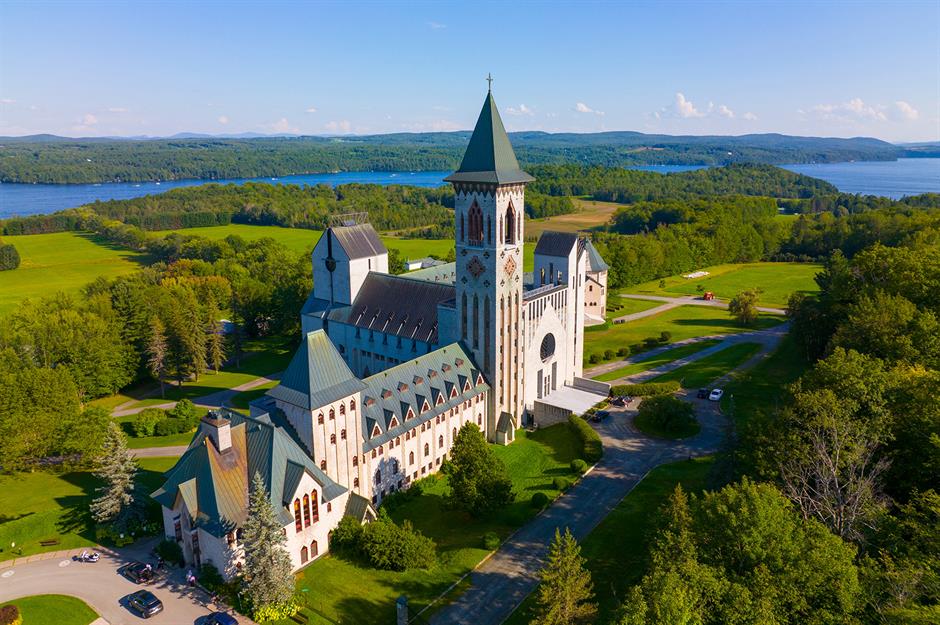
Perched in the picturesque hills of Quebec’s Eastern Townships, Abbaye de Saint Benoit du Lac offers more than just stunning views. The abbey’s architecture is a masterpiece, blending modern design with centuries-old monastic tradition, making it a must-see for architecture lovers.
But it’s not just about the aesthetics – this tranquil haven is also home to a thriving artisanal operation. Visitors can enjoy the abbey’s own range of delicious cheeses and apple ciders, crafted from local ingredients grown right on the grounds.
Wells Gray Provincial Park, British Columbia
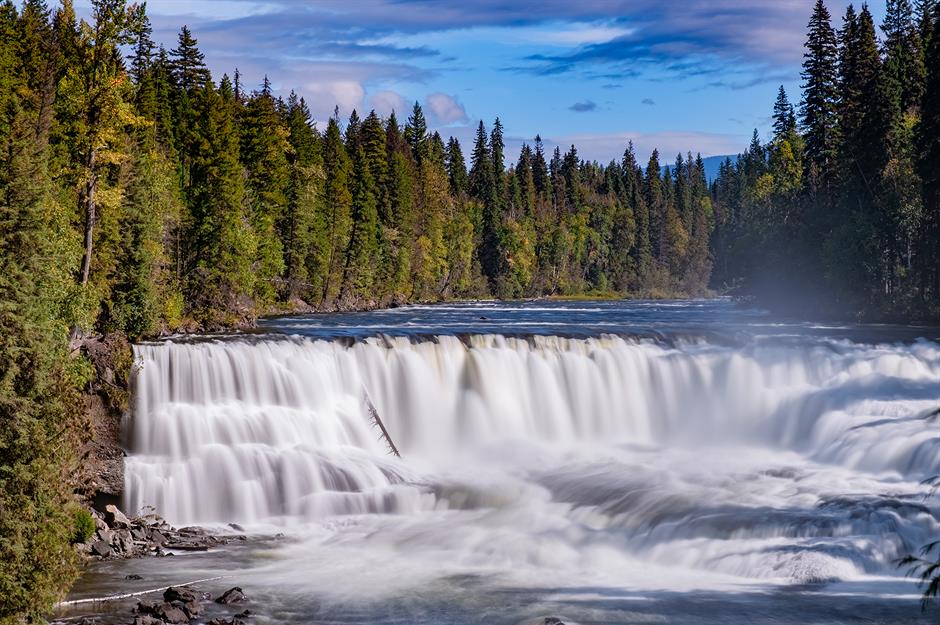
Tucked away in British Columbia’s rugged interior, Wells Gray Provincial Park is a haven for adventurers seeking awe-inspiring natural beauty without the crowds of Banff or Jasper. Dominated by the thunderous Helmcken Falls, Canada’s fourth-largest waterfall, this off-the-beaten-path gem also dazzles with dramatic volcanic landscapes and glacier-fed rivers.
The park’s wilderness is a paradise for hikers and paddlers, with endless trails winding through alpine meadows and dense forests alive with black bears, moose and other wildlife.
L’Anse aux Meadows, Newfoundland and Labrador
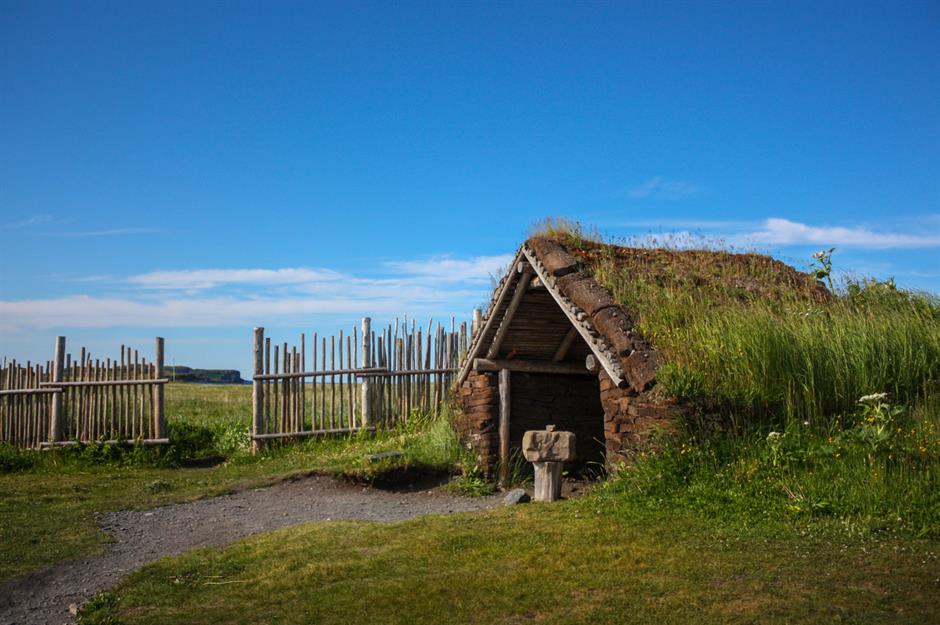
Located on the far northeastern end of Newfoundland, the journey to this ancient site is a bit of a trek, but those that make the effort are wowed by its extraordinary history. This is where archaeologists found sound evidence that Norse explorers (perhaps even Leif Erikson himself) landed in North America, leaving remnants of a Viking encampment that predates Columbus.
Visitors will find recreations of the settlement’s sod houses, as well as original Viking artefacts.
Baie-Saint-Paul, Quebec
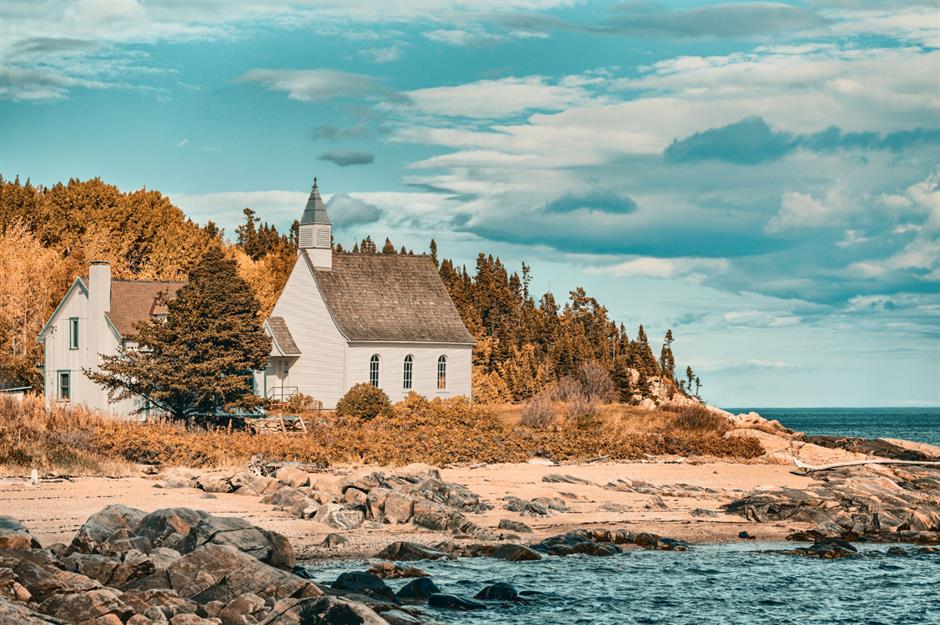
Quebec’s Charlevoix region is a recreational area at the widening of the St Lawrence River that’s popular with weekenders from Quebec City, but less well-known outside the province. Charlevoix’s commercial centre, Baie-Saint-Paul, is a jewel of a town, with a quaint main street full of cute shops and a disproportionate number of art galleries.
Charlevoix also produces some of Canada’s best cheese, which can be sampled at the town’s many independent restaurants.
Similkameen Valley, British Columbia
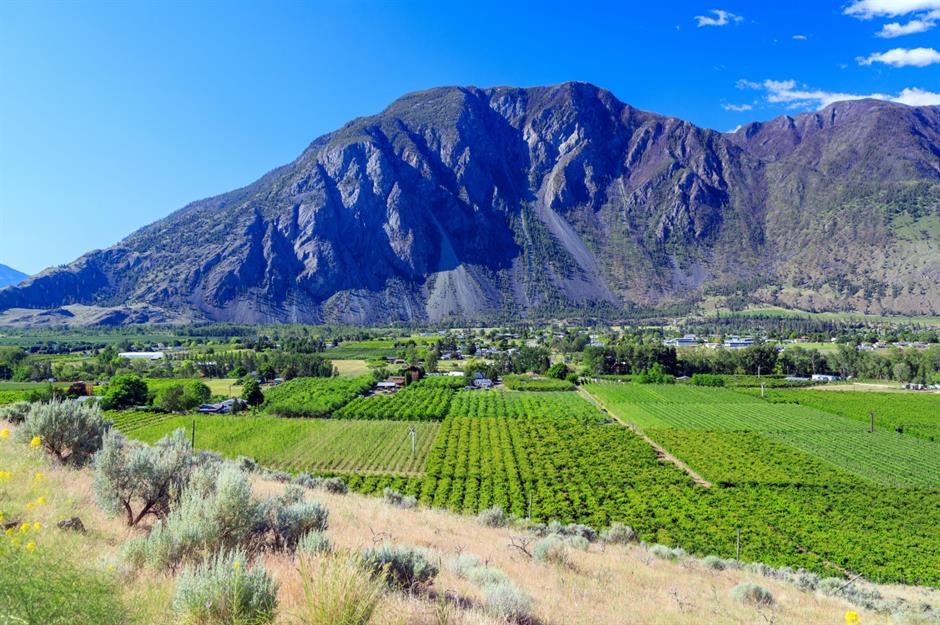
British Columbia’s Okanagan Valley gets a good deal of fanfare for its dreamy lakes and booming wine country, but the quieter Similkameen Valley to the southwest of Okanagan Lake should not be overlooked.
The arid climate makes this one of the warmest parts of the country, resulting in acres of orchards and vineyards serving the fruit stands and wineries around the town of Keremeos. Further east, the town of Princeton is full of interesting bronze sculptures.
Kejimkujik National Park, Nova Scotia
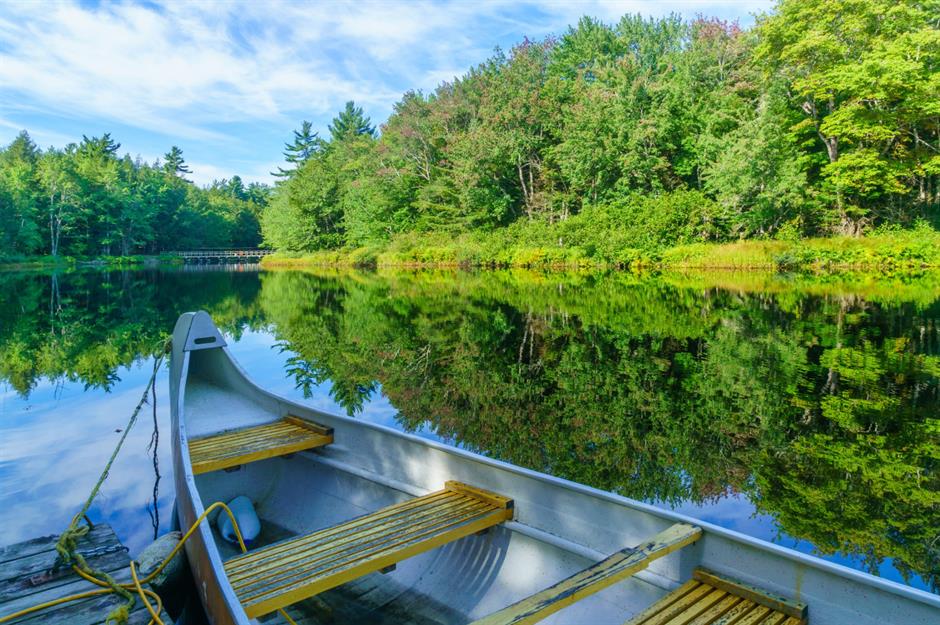
One of Nova Scotia’s most diverse parks, Kejimkujik isn’t as dramatic or colourful as coastal sites like Peggy’s Cove and Lunenburg, but it does offer a breathtaking slice of East Coast beauty. The park is split into two parts: an inland area made up of wild old-growth forest and a coastal portion 62 miles (100km) away on the seashore.
Both are set on the traditional lands of the Mi’kmaq peoples and both are worth a look, but the seaside section is particularly worthwhile for its white sand beaches and marine life-filled bogs.
Blackfoot Crossing Historical Park, Alberta
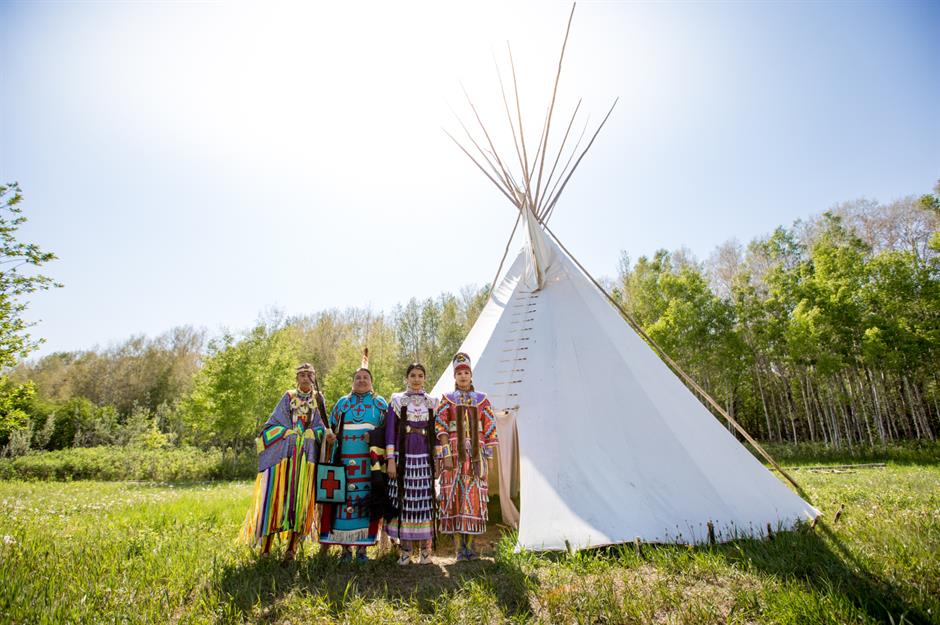
Alberta is full of First Nations historic sites, with both Head-Smashed-In Buffalo Jump and Writing-on-Stone Provincial Park earning UNESCO World Heritage Site designation. But this attraction east of Calgary is also important to the story of Western Canada’s Indigenous peoples.
It sits on the site of the signing of Treaty 7 (an 1877 territorial agreement between First Nations leaders and the British government) and now boasts a modern interpretive centre with a museum depicting the history and culture of the Siksika Nation.
Casa Loma, Ontario
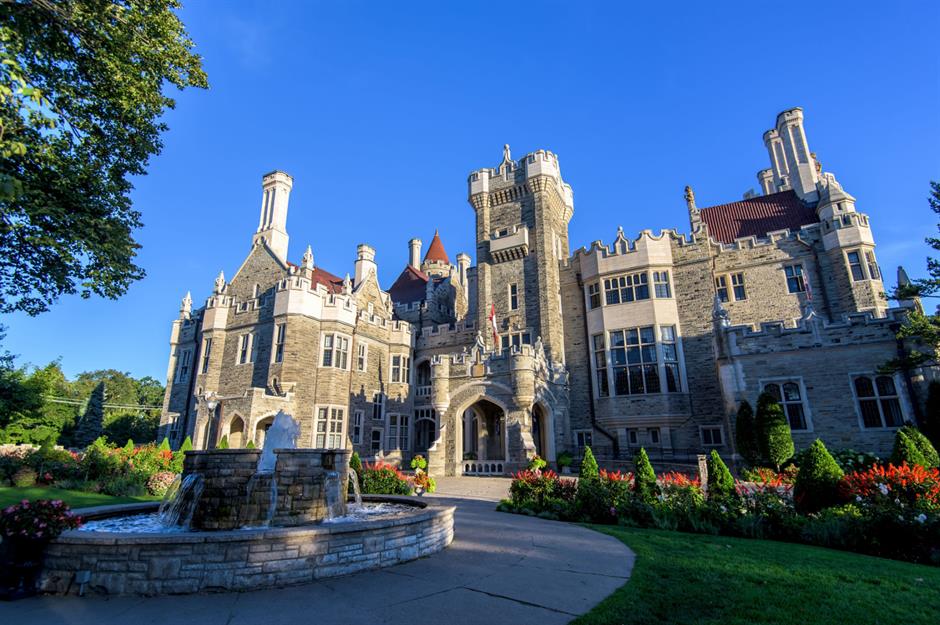
Toronto is full of bright and shiny modern attractions that make this old castle feel a bit quaint. But Casa Loma remains an intriguing glimpse into the city’s history. Constructed in 1914, the castle sits just north of downtown Toronto and was once the largest private residence in Canada.
Now owned by the city, it operates as a tourist attraction and events space. Visitors can explore the castle’s classic architecture and browse exhibits about founder Sir Henry Pellatt and his family.
Malahat Skywalk, British Columbia
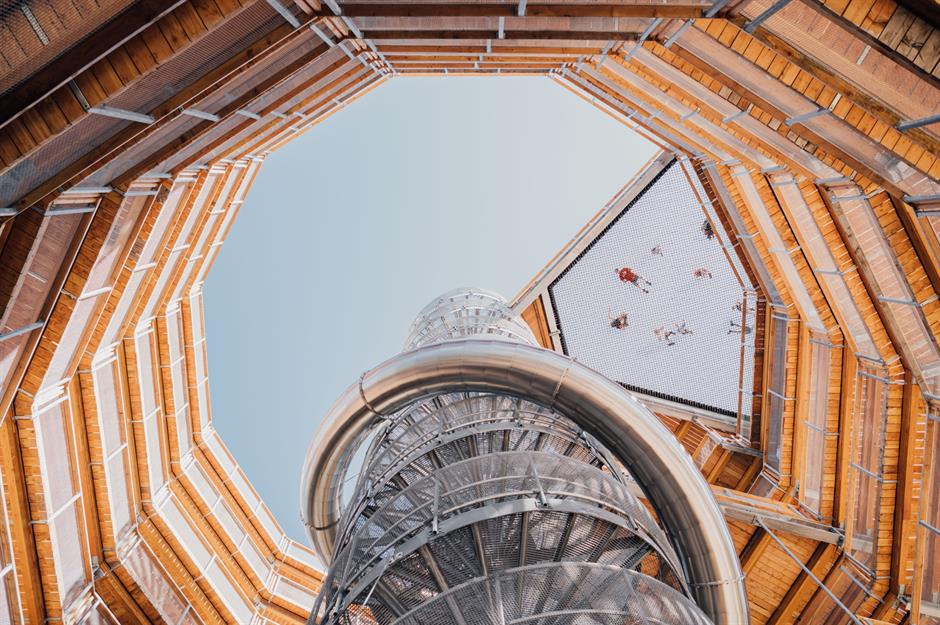
Vancouver Island is a lot bigger than many people think. Most visitors head to the city of Victoria or the wildly popular area around Tofino, but that leaves a lot of the island underexplored. The Malahat Skywalk, located near the agriculture-rich Cowichan Valley, gives visitors a bird's eye view of the island.
Climb to the top, enjoy the view and then feel the thrill of sliding down a tube back to the bottom.
Dawson City Museum, Yukon Territory
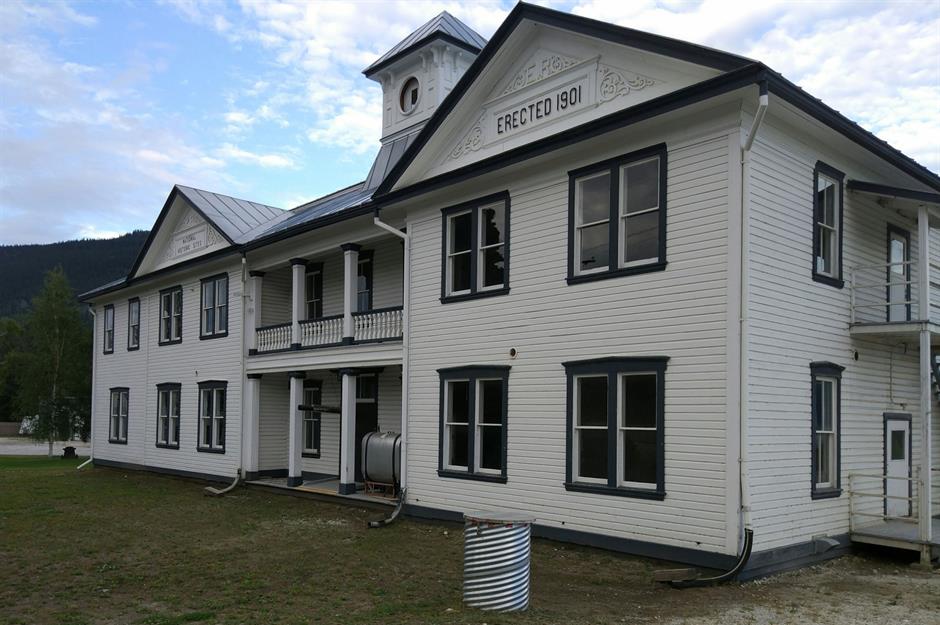
Whitehorse is by far the best-known city in Yukon Territory, but Dawson City is also a compelling place, thanks to its connection with the gold rush of the late 1800s. The best place to dig into that history is at this local museum, located in a restored venue that was once the city's main administrative building.
The museum is packed with authentic archival material detailing the history of the city and the rugged folks that tried to make their fortune in the wild northwest.
West Point Lighthouse, Prince Edward Island
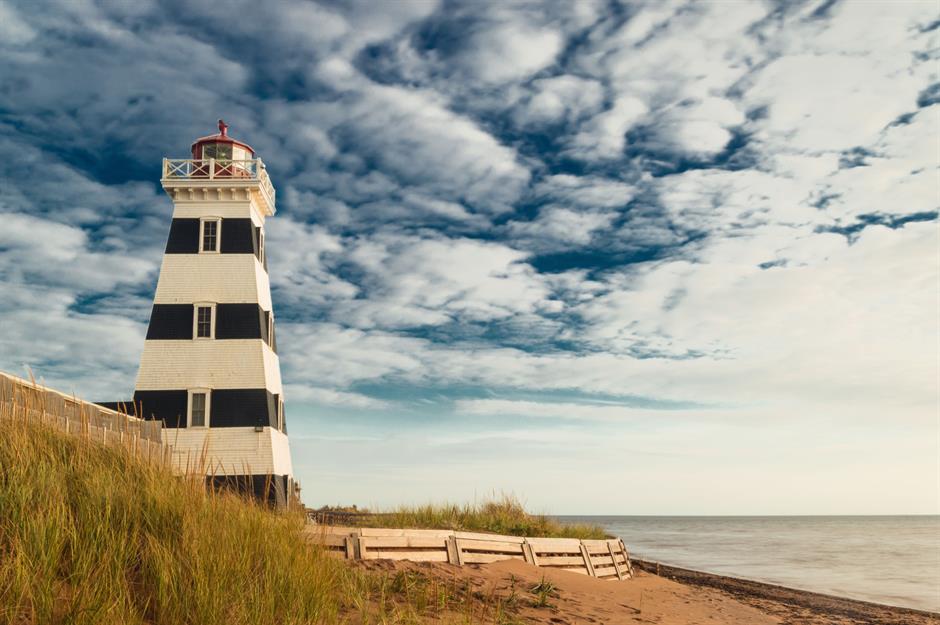
Lighthouses are the ultimate symbol of Canada’s maritime provinces. The most famous in the country is perhaps the tower at Peggy’s Cove in Nova Scotia, but there are plenty of other pretty lighthouses on Canada's east coast.
This little square tapered beauty with its signature stripes sits on a relatively remote part of the island. The West Point Lighthouse also operates as an inn, offering guests the unique experience of staying overnight in a working lighthouse.
Nahanni National Park Reserve, Northwest Territories
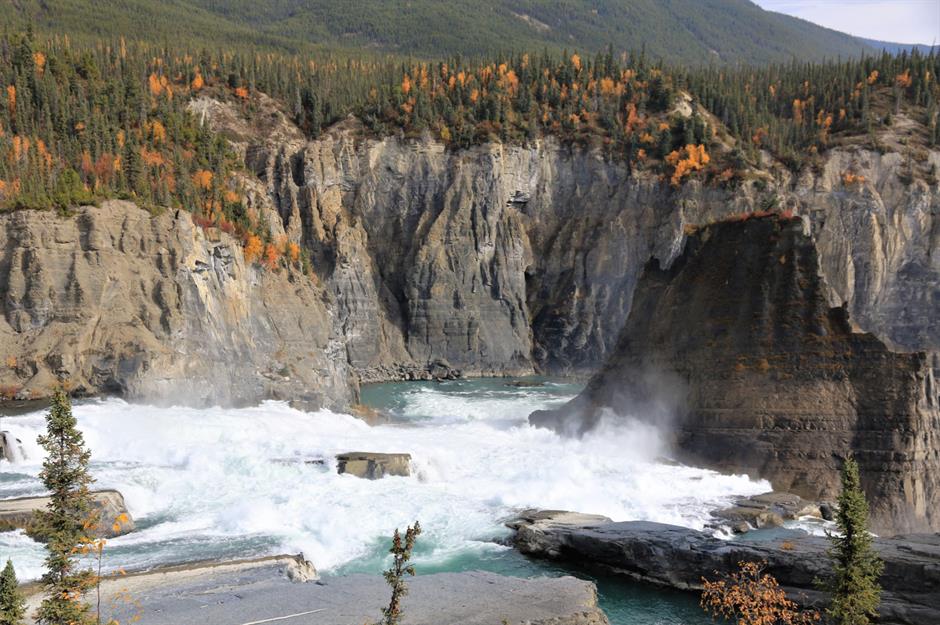
Most Canadians never get the chance to explore the wildernesses of the Northwest Territories simply because the area is so remote. True nature lovers shouldn't miss this pristine national park with its spectacular landscape carved over millennia by the Nahanni River, including the dramatic Virginia Falls, which is twice the height of Niagara Falls.
Continental shift accounts for the jagged mountains and awesome granite spires that give this park a sense of otherworldly wonder.
Twillingate, Newfoundland and Labrador
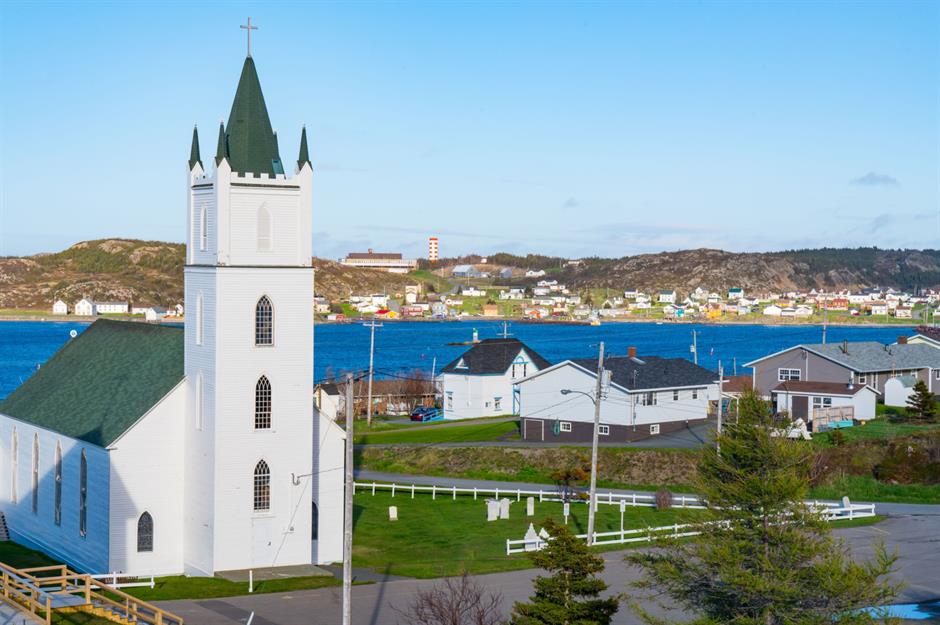
Located off the northeastern shore of Newfoundland, the fishing village of Twillingate is not easy to get to, even though there's a causeway linking it to the mainland. Once visitors arrive, they’ll be treated to old-fashioned East Coast hospitality and stunning edge-of-the-world views.
Twillingate is nicknamed the 'iceberg capital of the world', and iceberg spotting is its main attraction, with boat tours widely available. There’s also a museum and plenty of local arts and crafts to enjoy.
Fort William Historical Park, Ontario
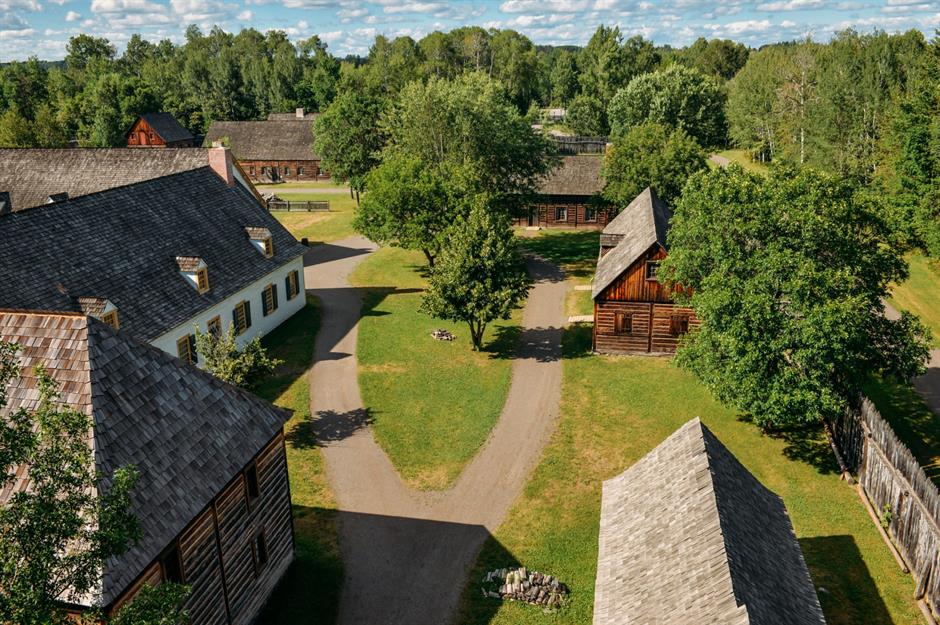
Ontario’s main cities of Ottawa and Toronto both get a lot of visitors, but the rest of the province rarely gets its due. Billed as one of the largest living museums in North America, Fort William Historical Park is worth taking a road trip to visit.
Once an inland HQ for the historic North West Company, Fort William was an important post in the fur trade of the 1800s. Today it serves to educate visitors on settler and Anishinaabe history.
Medalta Pottery, Alberta
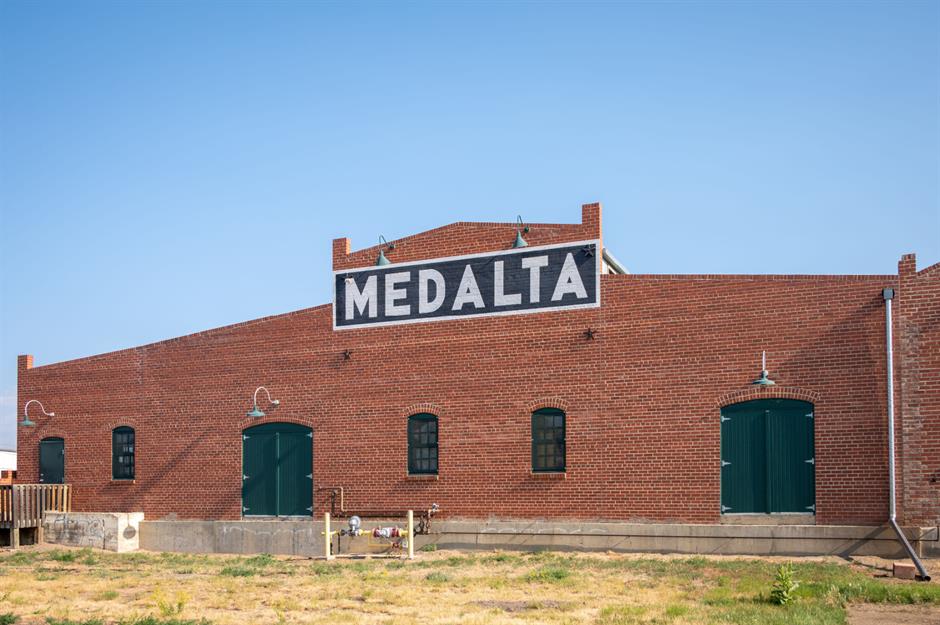
The history of ceramics might not sound that exciting, but this arts hub in eastern Alberta is a surprising gem. In the early 1900s the small Alberta city of Medicine Hat was a major manufacturer of pottery that was so bustling the city still has a historic clay district.
The most famous of Medicine Hat’s pottery manufacturers was Medalta, the largest producer of Canadian stoneware in the early 20th Century. Today, the old Medalta plant is a historic site and museum.
Manitoba Museum, Manitoba
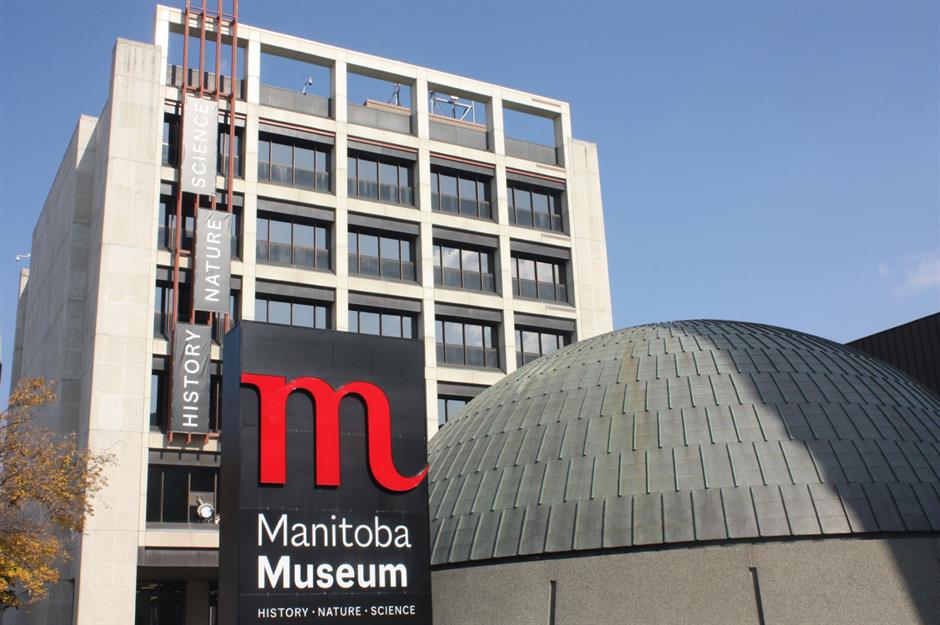
Since the city of Winnipeg has the distinction of being home to the much-visited Canadian Museum For Human Rights, the other museums in the city tend to be overshadowed, including this award-winning centre for heritage and science learning.
A series of unique three-dimensional walk-through galleries tell the history of Manitoba (dating back millions of years), detailing the complexity of the land and its people. The inclusion of a planetarium adds to the scientific and educational appeal.
Kettle Valley Rail Trail, British Columbia
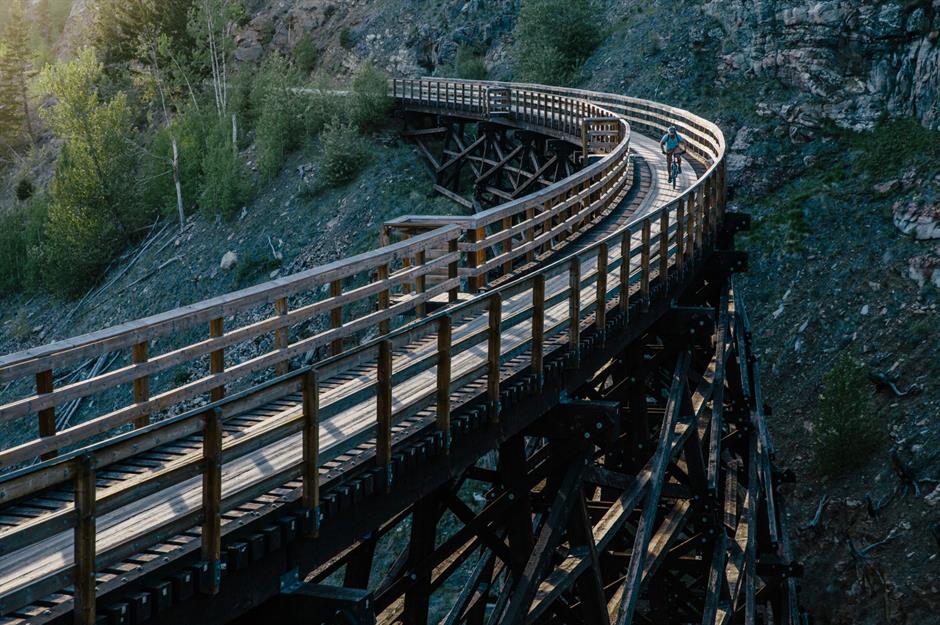
With so much spectacular nature in British Columbia, it’s hard to stay on top of every hiking and biking trail, but the Kettle Valley Rail Trail deserves some special attention. Set along the decommissioned Kettle Valley Railway that was built in 1915, the trail consists of 400 miles (650km) of connected pathways for cycling and walking.
One of the best segments is the Myra Canyon stretch just south of the city of Kelowna, featuring 18 thrilling wooden trestle bridges and two tunnels.
Pointe-a-la-Renommee, Quebec
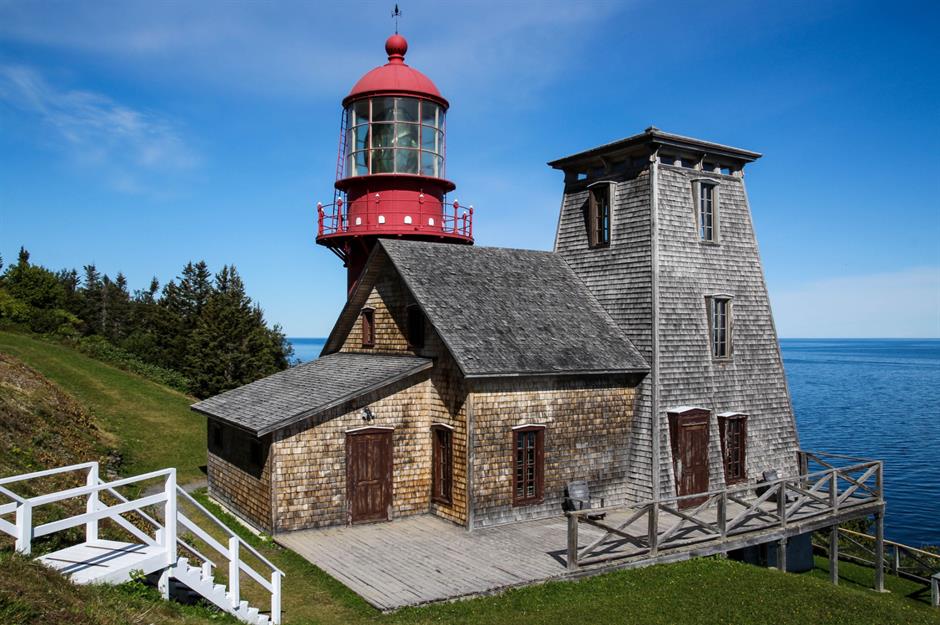
The name of this site and its lighthouse literally means 'Fame Point' (originally a misinterpretation of the French word 'faim', or hunger, in reference to the sailors shipwrecked on its shores). Its out-of-the-way location on the Gaspe Peninsula means that most people aren't even aware that it exists.
The current lighthouse was built in 1907, then moved in 1977, so people could visit it in Quebec City. It has since been returned to its original location.
Museum of Anthropology, British Columbia
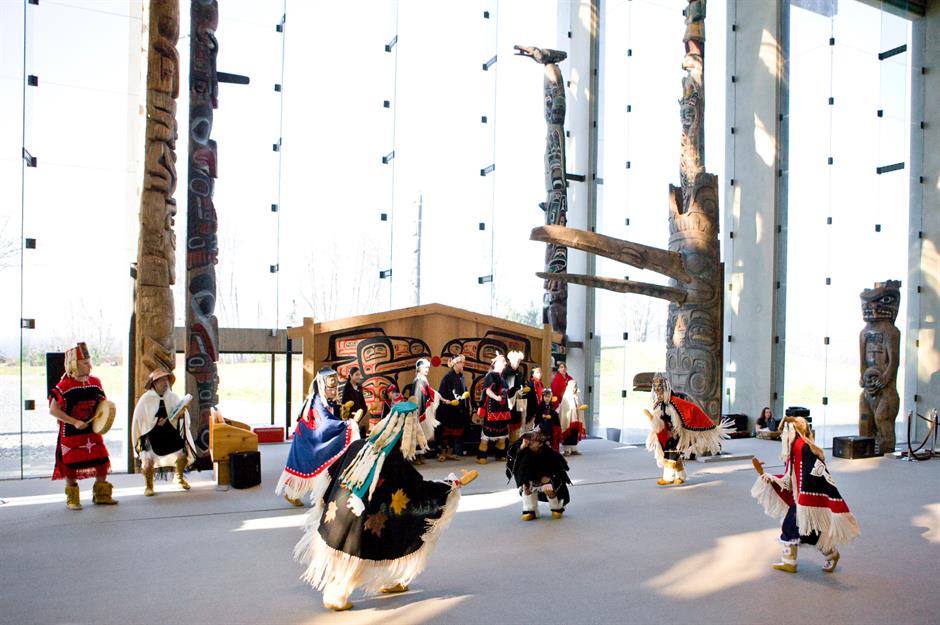
This well-curated little museum on the campus of the University of British Columbia usually flies under the radar. However, it showcases an invaluable collection of totem poles and Haida artefacts – all with an eye on representing BC’s Indigenous history respectfully and equitably.
There's also a host of items from various other cultures around the world, housed within a building that is a work of art itself.
Cochin Lighthouse, Saskatchewan
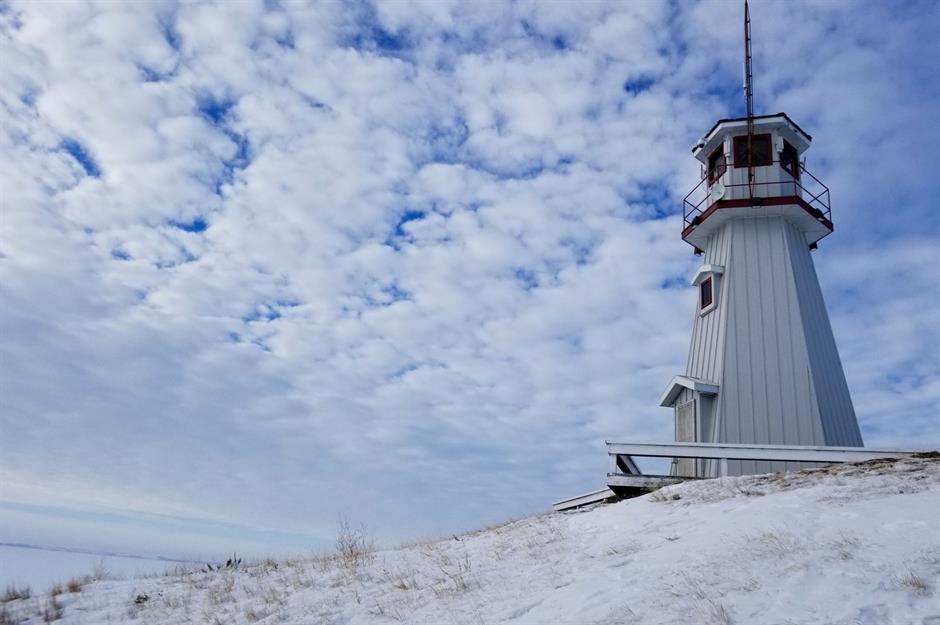
For obvious reasons, Canada's lighthouses tend to be found around the coast, but this obscure beacon sits in a completely land-locked province. The lighthouse, which was built in 1988, offers beautiful lakeside views from its position on Pirot Hill, overlooking Jackfish and Murray Lakes.
The site is near the town of Cochin, a resort village in the western part of the province.
Fromagerie du Presbytere, Quebec
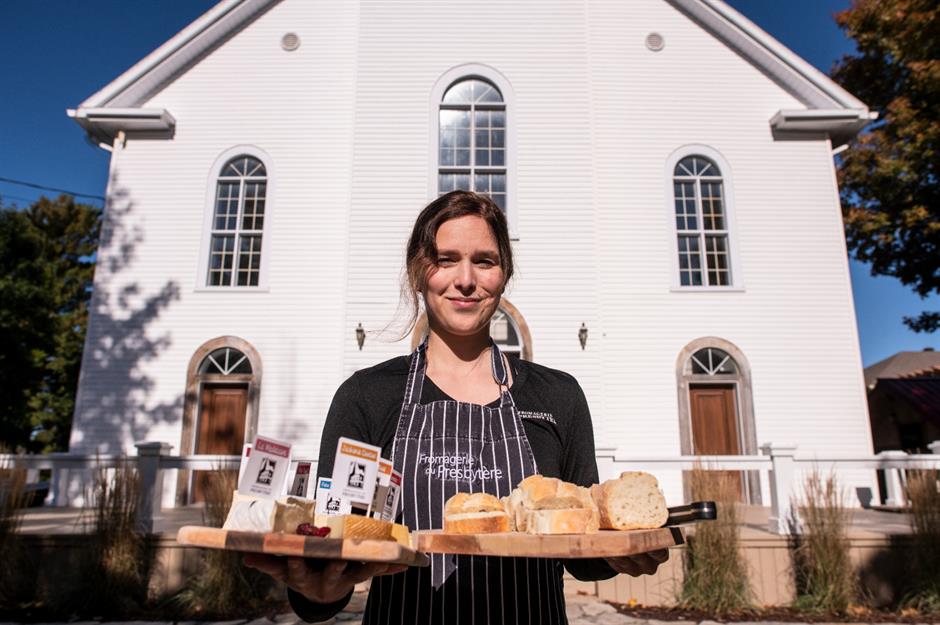
Quebec is widely known for its cheeses and its churches, and the best way to experience both is to leave the busy cities of Montreal and Quebec City and explore the province’s vast countryside. Church and cheese come together in the village of Sainte-Elizabeth-de-Warwick northeast of Montreal at the Fromagerie du Presbytere, an adorable chapel now used to age award-winning Quebec cheese.
The family that manages the fromagerie also runs a dairy across the road to ensure quality.
Sable Island National Park Reserve, Nova Scotia
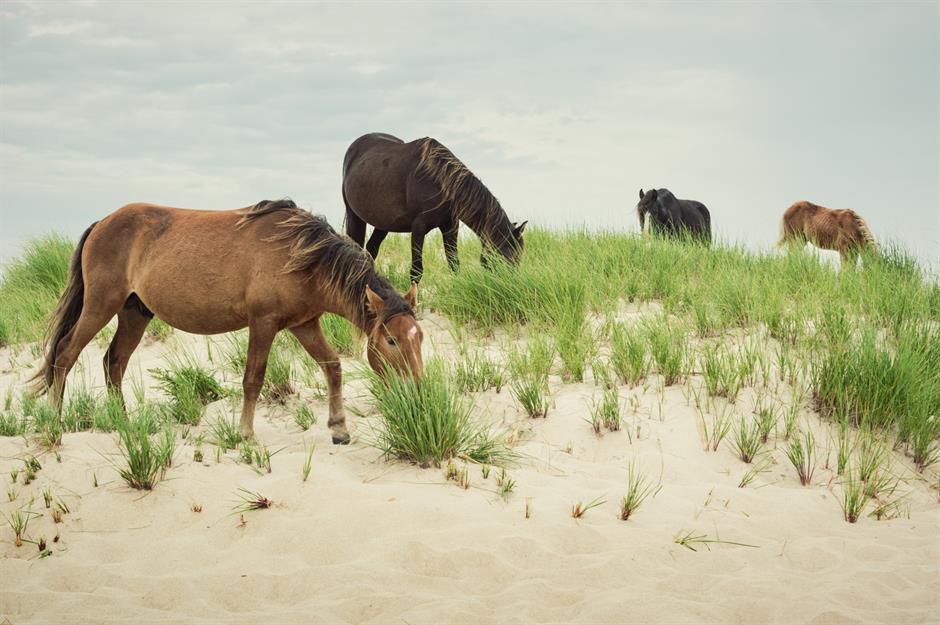
Sable Island is remote – so remote that visitors can only access it via sea, on a private vessel, or by plane and helicopter tours. The crescent-shaped island sits 109 miles (175km) from mainland Nova Scotia and acts as a refuge for some 500 wild horses that are thought to have been introduced in the 1730s.
Wholly isolated and ruggedly beautiful, the beach-lined island is also home to the world’s largest breeding colony of grey seals.
Vulcan, Alberta
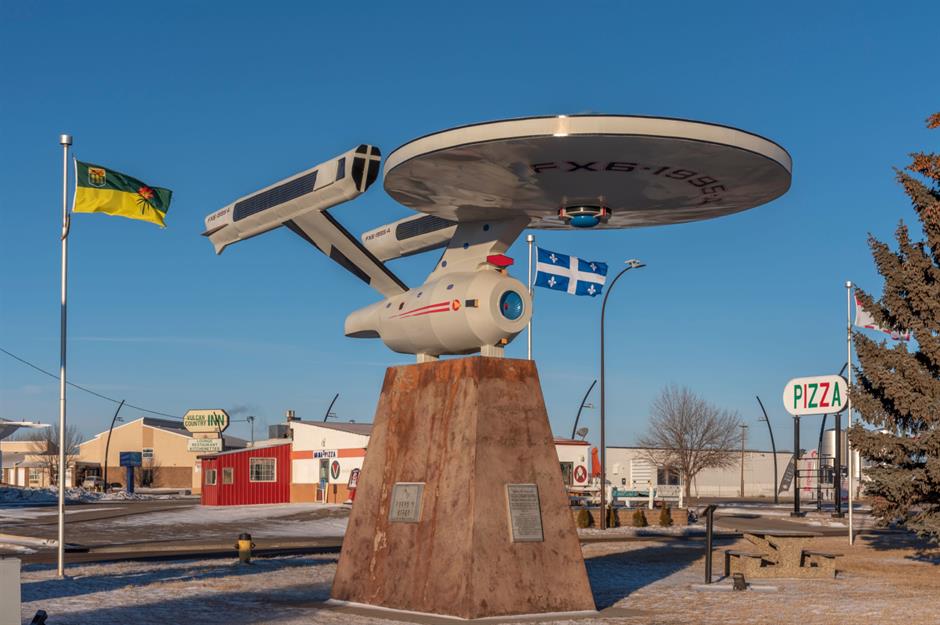
While Vulcan was not named after the extraterrestrial race from the Star Trek universe, the town has fully embraced its connection to the franchise. It even hosted the late Leonard Nimoy in 2010, when it was designated the official Star Trek capital of Canada.
Today, it features a replica of the Starship Enterprise and a themed visitor centre, making it a quirky destination for Star Trek fans.
Grand Falls Gorge, New Brunswick
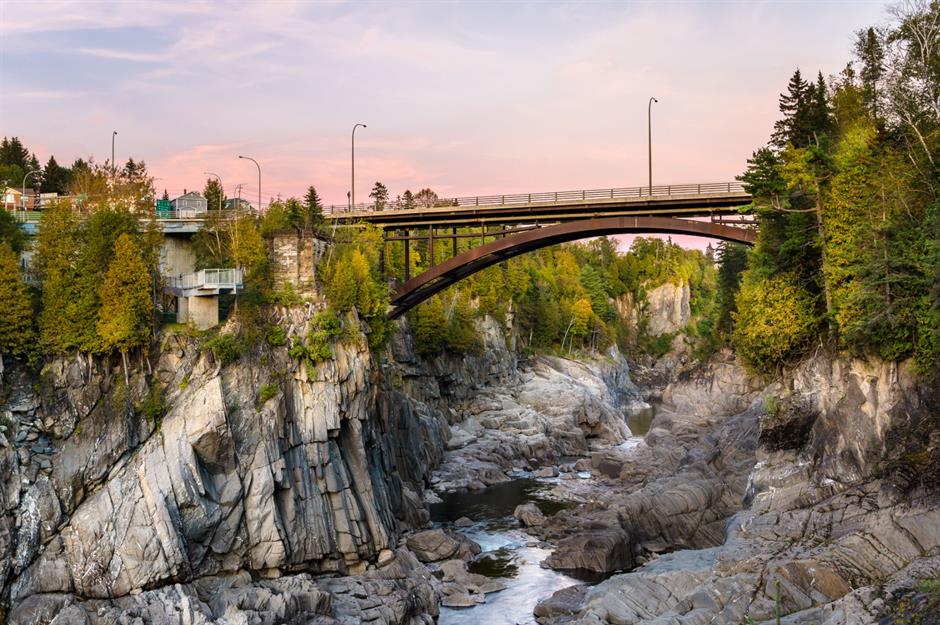
Among the best-kept secrets in a province that feels like a well-kept secret itself, Grand Falls Gorge is a striking natural feature in northwest New Brunswick.
Nature lovers can walk the mile-long (1.6km) trail along the edge of the gorge and thrill-seekers can get an even better view by zip-lining across. Four hundred steps lead down into the canyon for an even better vantage point.
Remai Modern Art Gallery, Saskatchewan
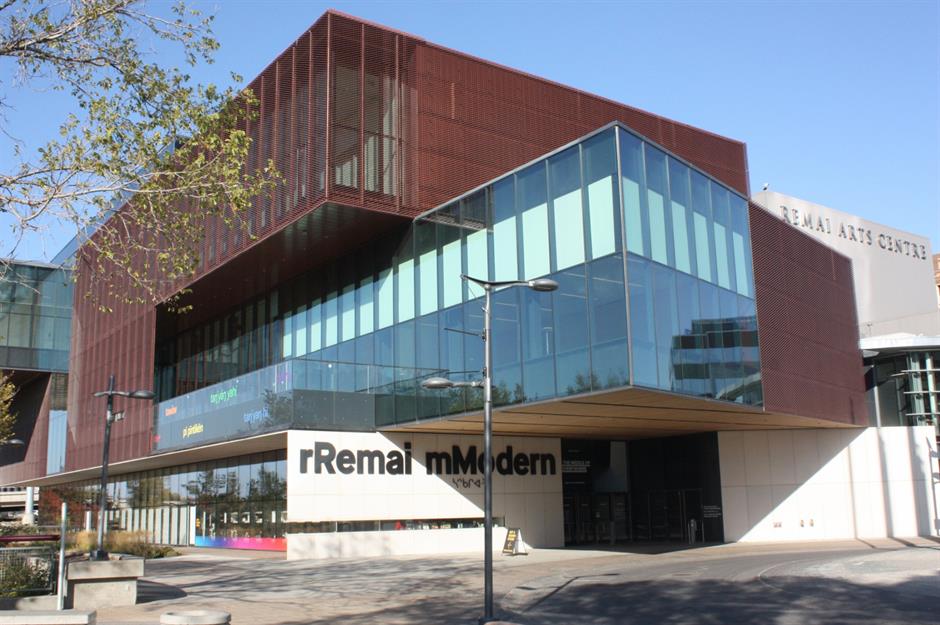
Most people don’t think of Saskatoon as a major centre for modern art, but the city’s Remai Modern is a feast for the artistic senses. Set along the banks of the South Saskatchewan River, the boldly designed gallery holds over 8,000 works in its collection and regularly hosts thought-provoking exhibitions, talks and events.
Visitors can see everything from contemporary Metis art to ceramics by Pablo Picasso, plus experimental video installations and shows from local artists.
Bata Shoe Museum, Ontario
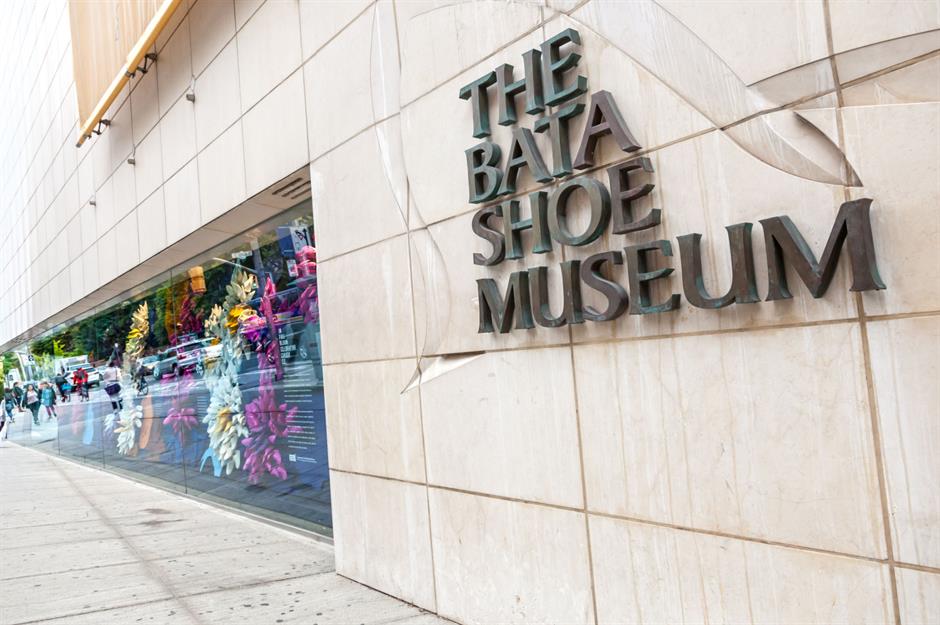
The Bata shoe company was established in what is now Czechia and is headquartered in Switzerland. So, it’s surprising that there’s a museum in downtown Toronto founded by the Bata family.
The museum celebrates footwear from across history, showcasing items like Queen Victoria’s shoes and Inuit seal skin boots. The museum’s collection includes over 15,000 artefacts, although only 1,000 are on display at a time.
Auyuittuq National Park, Nunavut
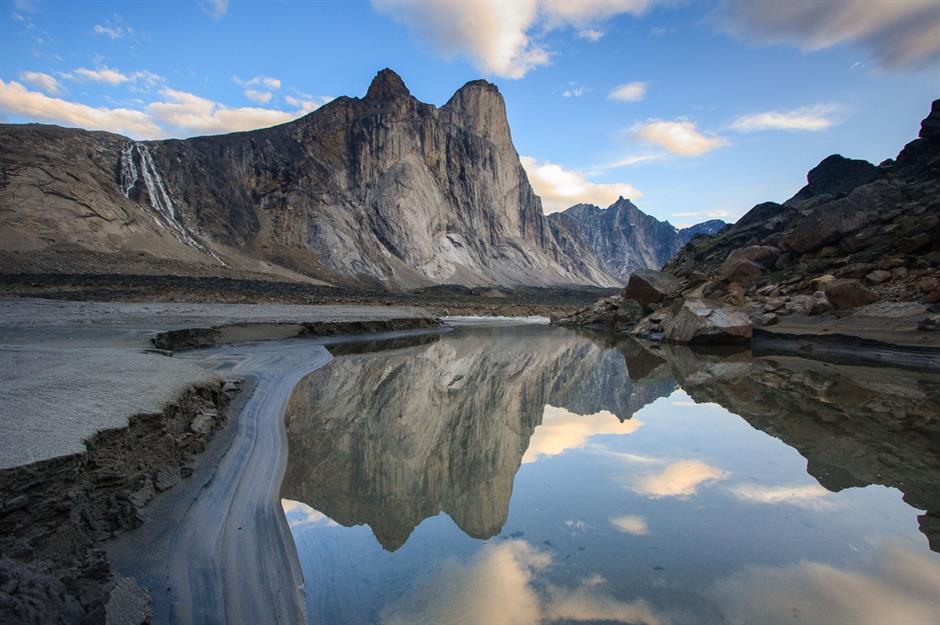
One of the largest islands in the world, Baffin Island is easy to spot on a globe, but its far-north location can make it challenging to reach. The island’s Auyuittuq National Park offers a prime view of Canada’s incredible north, with untouched swathes of ancient rock formations and stunning fjords.
Visiting features like the Akshayuk Pass is a dream for any adventurer or mountaineer lucky enough to make it to this wild wonderland.
Golden Skybridge, British Columbia
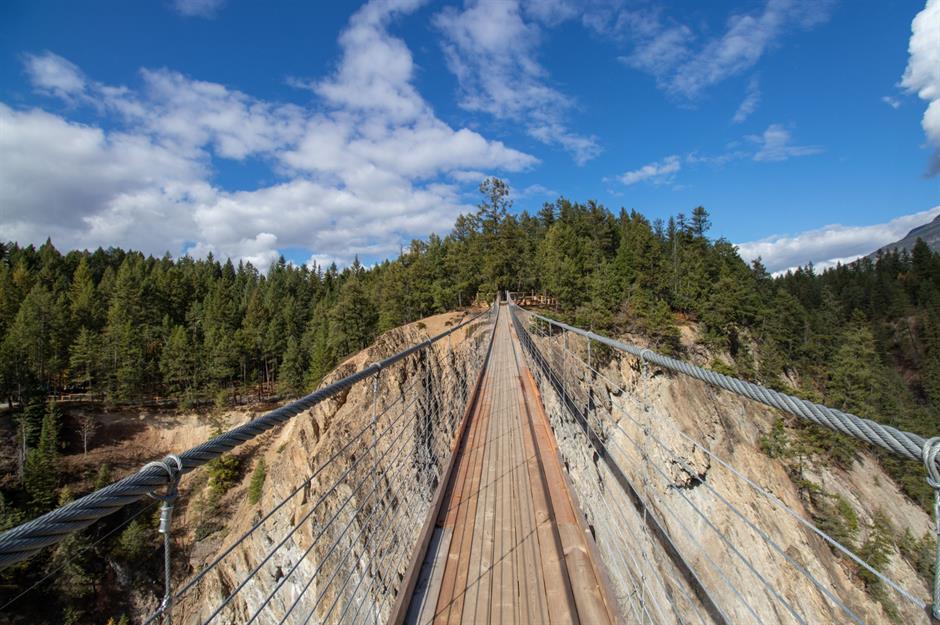
Golden, a mountain town just west of the Alberta-BC border, has historically been seen as little more than a pit stop between Calgary and Vancouver, but the development of the Kicking Horse ski resort has turned it into a popular winter destination. In the summer, visitors can take in the Golden Skybridge, featuring Canada’s highest suspension bridge.
Brave souls can also walk 426 feet (130m) above a canyon, whizz down a pulse-pounding zipline or try their hand at axe throwing.
Bar U Ranch National Historic Site, Alberta
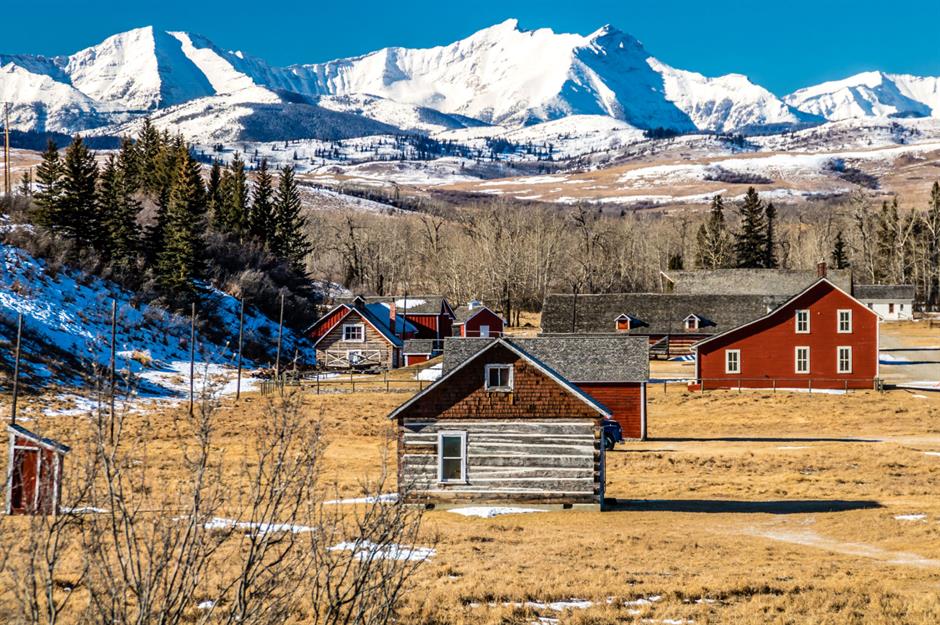
Those seeking cowboy culture often wait for the Calgary Stampede, but the real Western action is down at Bar U Ranch near Longview, Alberta. The site was founded in the 1800s and was a working ranch for decades. It’s now an interpretive site run by Parks Canada, where visitors learn about old-school farming and ranching practices.
There's a real 'home on the range' vibe, with a cookhouse, a First Nations tipi village and other historic experiences.
Wakefield Bridge, Quebec
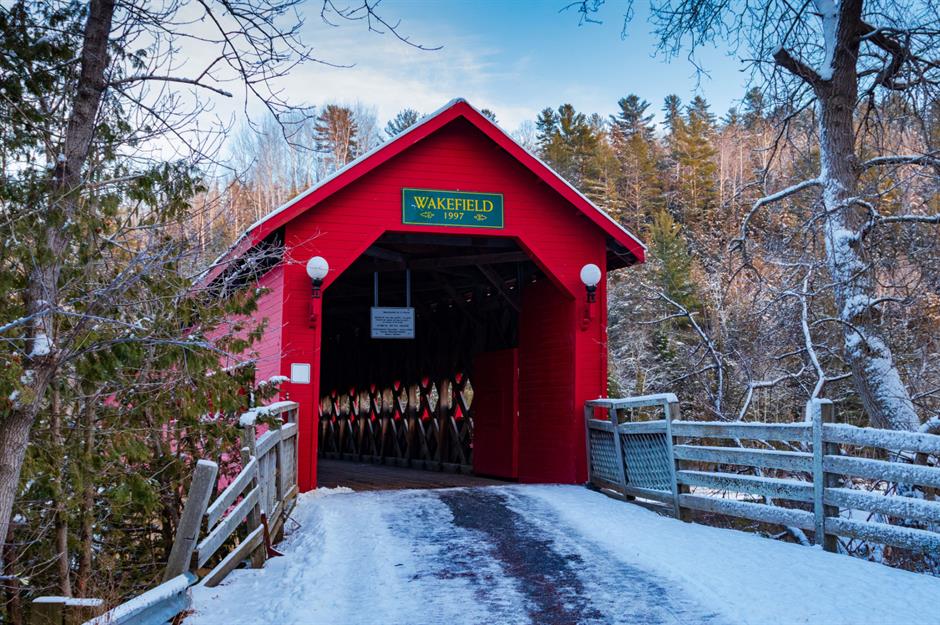
Wakefield is a small town in Quebec, just across the river from Ottawa, and its proximity to the capital and history as an English settlement sets it apart from most of the French-speaking province. The town’s claim to fame is its charming covered bridge, a classic red wooden structure that spans the Gatineau River and can only be crossed on foot.
The town is also home to the Wakefield Mill Inn and Spa, a luxury spot to get pampered in the heart of central Canada.
Agawa Rock, Ontario
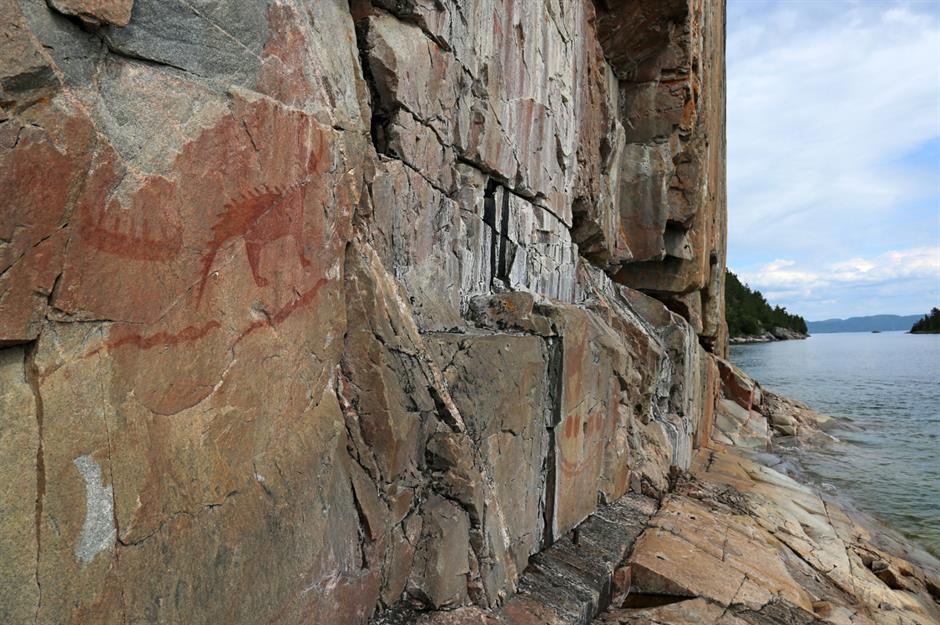
Indigenous peoples lived throughout Canada long before settlers landed, so the country is filled with sacred sites of varying cultural importance. The Agawa Rock pictographs can be found in Lake Superior Provincial Park – these are red-ochre rock paintings created by Ojibwe artists several centuries ago.
The paintings are a little bit out of the way. Tourists can access the park near Sault Ste Marie and then take a short hike to the site.
Cape Breton Highlands’ Skyline Trail, Nova Scotia
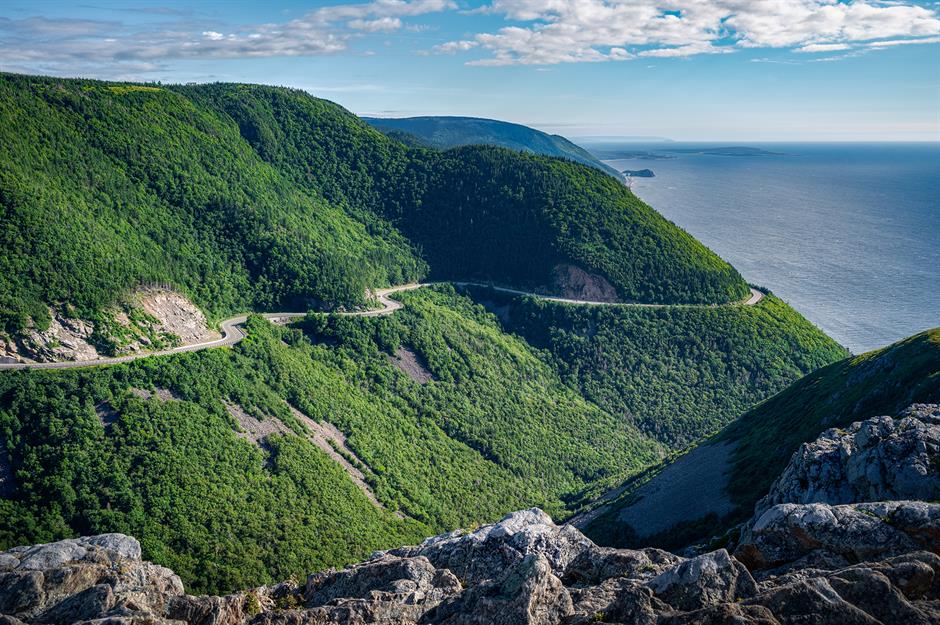
The Skyline Trail in Cape Breton Highlands National Park rewards hikers with some of the most breathtaking views in Nova Scotia. This lesser-known trail winds along rugged cliffs, offering sweeping vistas of the Atlantic Ocean and the dramatic coastlines for which Cape Breton is famous.
As you follow the boardwalk path to the trail’s lookout point, you’re likely to spot moose grazing in the meadows or catch a glimpse of bald eagles soaring above.
Wabakimi Provincial Park, Ontario
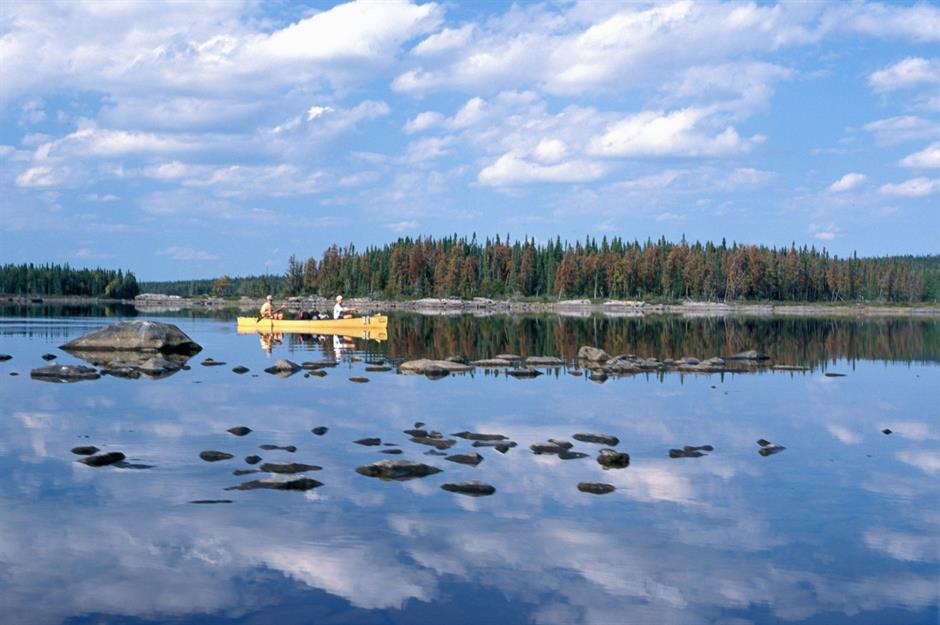
This remote wilderness park in Northwestern Ontario features a 1,240-mile (2,000km) network of interconnected lakes and rivers. It’s also home to woodland caribou and abundant birdlife, including bald eagles, great grey owls and boreal chickadees.
The park is a particular draw for canoeists, who enjoy paddling its historic waterways. With no direct road access, anyone who makes the trip here by train, floatplane, or canoe is sure to find plenty of peace and solitude.
Fundy Geological Museum, Nova Scotia
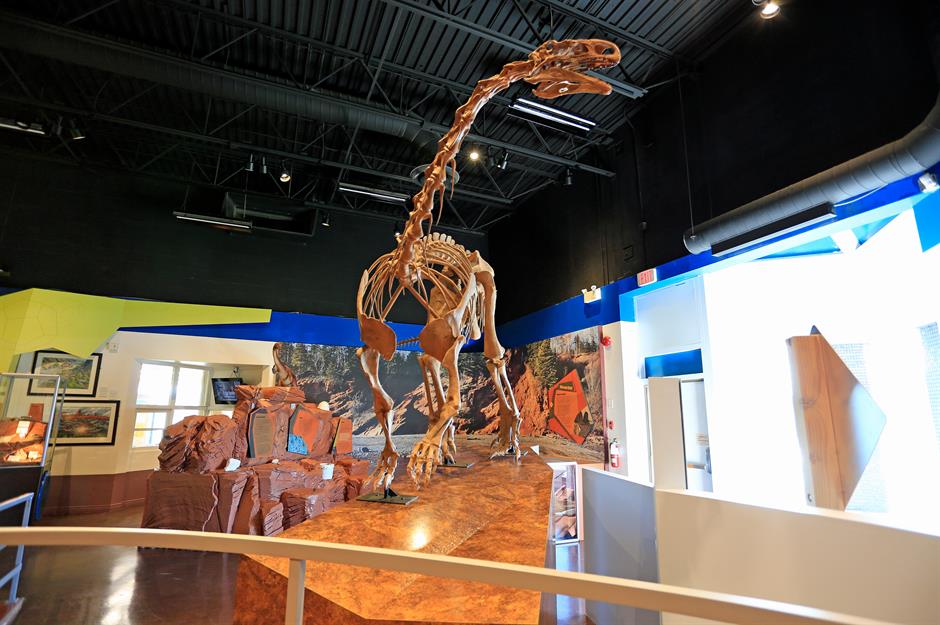
Located near Parrsboro, this interactive museum reveals the significant geological history of the Bay of Fundy. The museum features displays of some of the oldest dinosaur bones in Canada, dating back 200 million years, while the Fossil Footprint Gallery houses some of the world’s smallest dinosaur footprints
The museum also offers beach tours of the Bay of Fundy coastline during the summer, so visitors can learn more about the region’s geology and prehistoric past, which covers both the Triassic and Jurassic eras.
Saturna Island, British Columbia
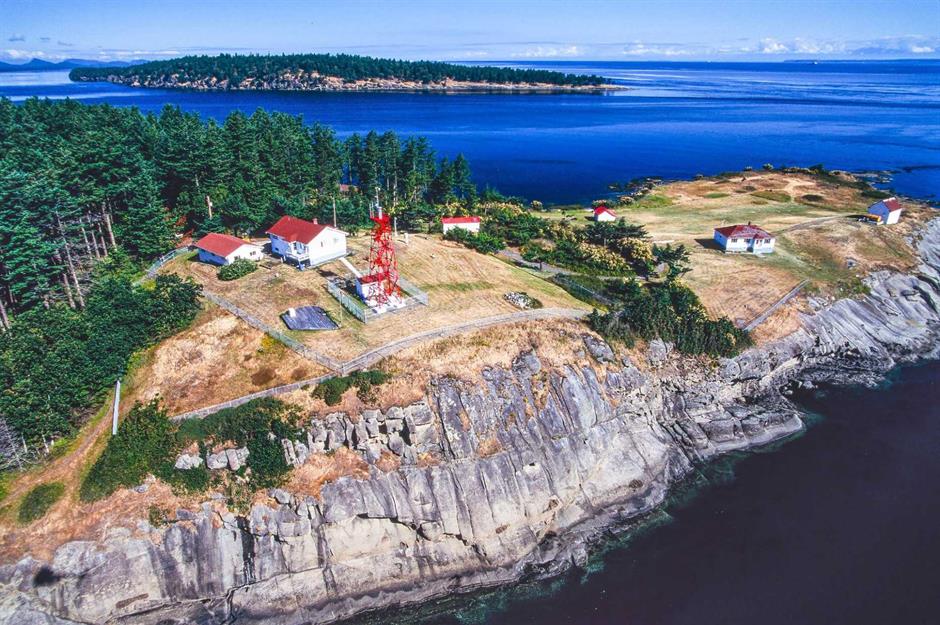
One of the more remote Gulf Islands, Saturna covers just 12 square miles (31sq km) but is packed with stunning scenery, diverse wildlife and forested trails. Around half of the island lies within the protected Gulf Islands National Park Reserve.
Highlights include Mount Warburton Pike, the Outer Gulf Islands’ highest peak. It offers views across Salish Sea and maybe even a glimpse of an orca or humpback whale. Off the main ferry route, the island is accessible by floatplane or ferry transfer at Mayne Island.
Sandspit Amusement Park, Prince Edward Island
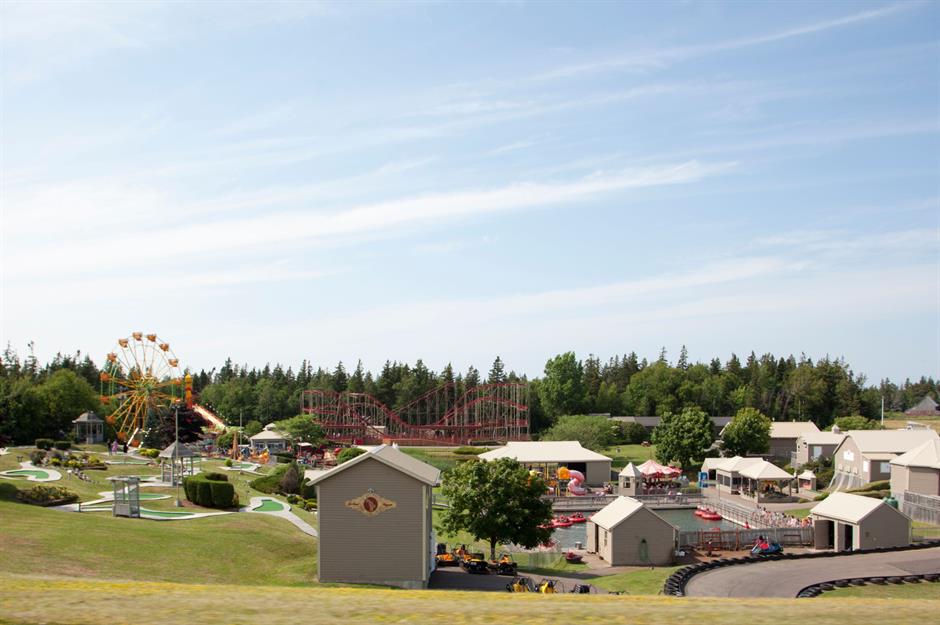
Canada has some massive amusement parks, but for those seeking something slightly slower paced, Sandspit in PEI fits the bill. The classic midway features 15 amusement rides including the whopping Cyclone roller coaster, bumper boats and a picture-perfect Ferris wheel.
Old-fashioned carnival games are also on offer, as well as mini-golf and other wholesome family fun – all presented in a pretty island setting.
Now check out Canada’s most adorable small towns and villages
Comments
Be the first to comment
Do you want to comment on this article? You need to be signed in for this feature